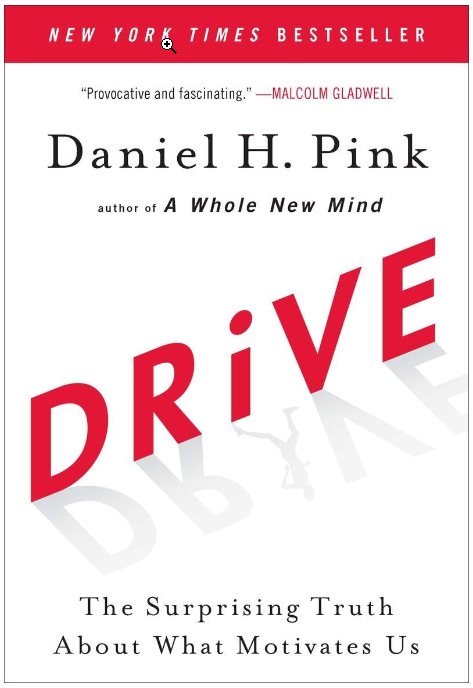
Book Review: Drive: The Surprising Truth About What Motivates Us by Daniel H. Pink
“What if everything you thought you knew about motivation was wrong?”
In Drive, Daniel H. Pink challenges the traditional notions of motivation by presenting a new paradigm grounded in scientific research. Drawing on decades of studies in psychology and behavioral science, Pink argues that the old “carrot and stick” model of motivation is outdated and inadequate for fostering creativity and engagement in today’s work environments. Instead, he proposes that genuine motivation arises from intrinsic factors—such as autonomy, mastery, and purpose—that inspire people to perform at their best not out of obligation, but out of genuine interest and satisfaction.
Overview
The book is divided into three main sections. In Part One, Pink examines traditional extrinsic motivators and why they often fail, particularly in modern, creative-driven jobs. Part Two introduces what he calls “Type I behavior,” characterized by intrinsic motivation, which he argues is essential for the kind of complex, right-brain work that is increasingly valuable in contemporary business. Finally, Part Three offers a “Type I Toolkit,” a collection of resources and exercises designed to help individuals and organizations foster a motivational environment that prioritizes intrinsic rewards.
Key Elements
Themes and Ideas:
The core idea Pink explores is that our understanding of motivation—based on “Motivation 2.0,” which rewards good behavior and punishes bad—is insufficient in a world where innovation, creativity, and problem-solving are highly prized. Pink introduces “Motivation 3.0,” a framework that emphasizes autonomy (the desire to direct one’s own life), mastery (the urge to get better at something meaningful), and purpose (the yearning to contribute to something larger than oneself) as the real drivers of high performance and job satisfaction.
Research and Evidence:
Pink’s arguments are substantiated by well-documented psychological experiments and studies, such as the famous “candle problem,” Deci’s Soma puzzle experiments, and the unexpected success of Wikipedia. By examining real-world examples, including companies that prioritize open-source innovation and flexible work models, Pink demonstrates how intrinsic motivation produces sustainable success. He discusses groundbreaking studies on open-source projects, behavioral economics, and cognitive psychology to back up his claims, making his argument both persuasive and evidence-based.
Writing Style:
Pink’s style is conversational, engaging, and accessible, making complex behavioral science easy to understand. His use of anecdotes and real-world applications gives the book a practical, relatable feel. Pink presents his ideas without jargon, making the book suitable for a wide audience, from business professionals to general readers interested in self-improvement.
Strengths
One of the book’s major strengths is its practical application. Pink not only identifies the problem with traditional motivation systems but also offers actionable solutions through the Type I Toolkit. His emphasis on intrinsic motivation as a source of creativity and satisfaction is refreshing and inspiring, providing readers with concrete steps to apply his ideas in both personal and professional contexts. The book’s logical structure and compelling examples make a strong case for revisiting motivational practices across industries.
Constructive Criticism
Although Pink’s arguments are compelling, the book tends to oversimplify certain aspects of motivation. For example, while the three components of Motivation 3.0 are well-explained, readers may find limited guidance on how to balance intrinsic and extrinsic motivations, particularly in roles that require repetitive tasks. Additionally, Pink’s examples, while illustrative, are occasionally idealized and may not address the practical challenges managers face when trying to implement these motivational strategies in less flexible environments.
Personal Impact
Drive offers a transformative perspective on motivation that resonated with me, prompting reflection on the ways in which I approach my own goals and career. Pink’s emphasis on autonomy, mastery, and purpose inspired me to consider how these elements impact my own sense of fulfillment. His insights have changed how I think about workplace motivation and highlighted the potential benefits of fostering intrinsic motivation for long-term satisfaction and productivity.
Recommendation and Rating
This book is a must-read for leaders, educators, and anyone interested in improving productivity and personal fulfillment. It’s particularly valuable for managers seeking to create a more innovative and motivated workforce and for readers curious about the science of human behavior.

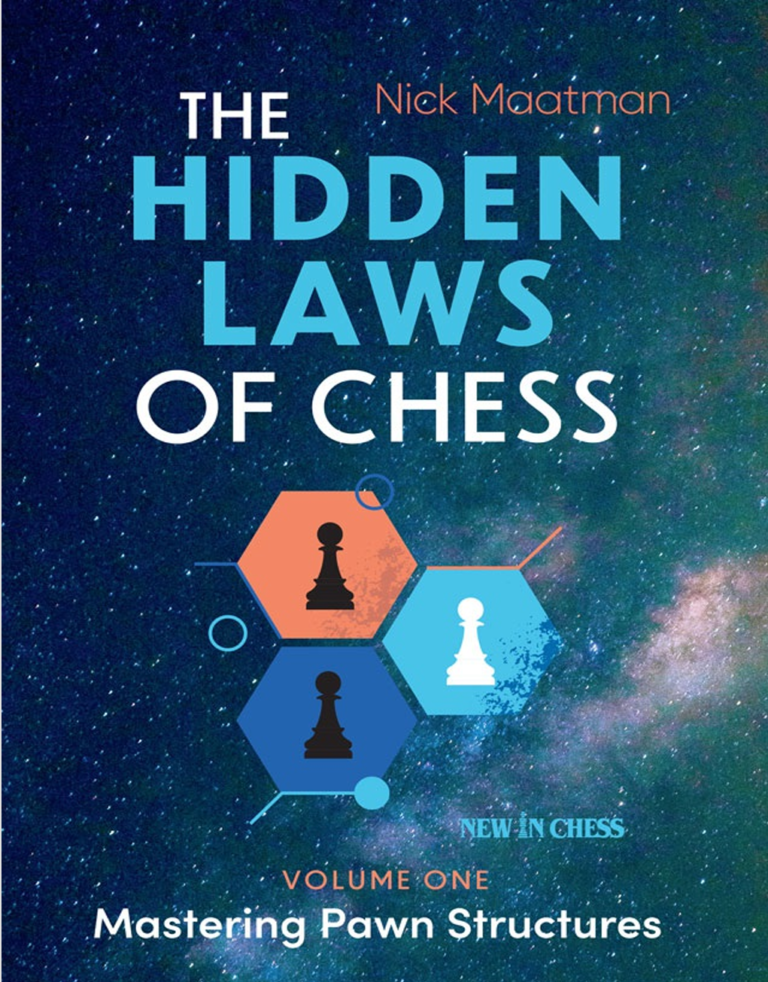
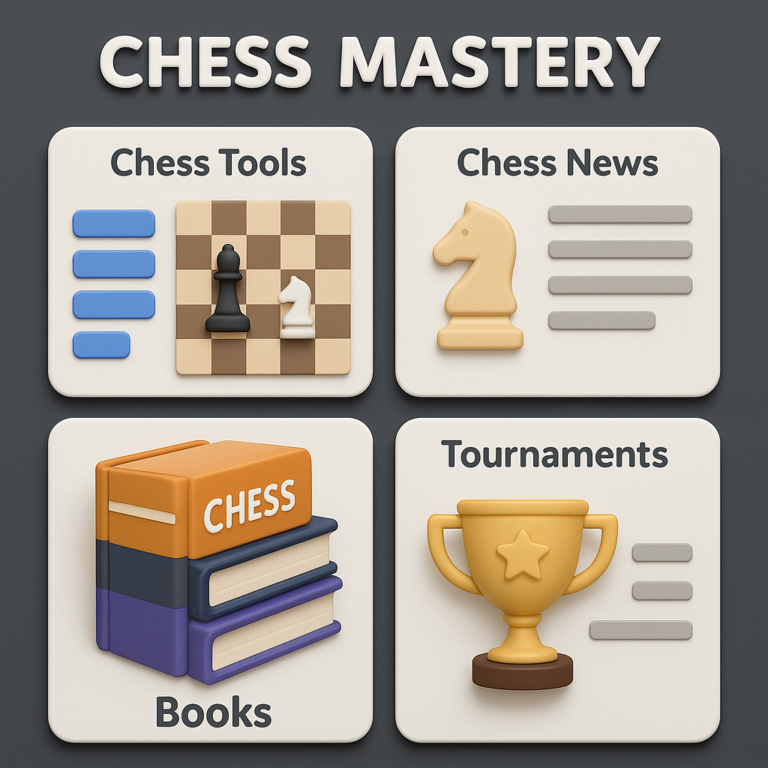
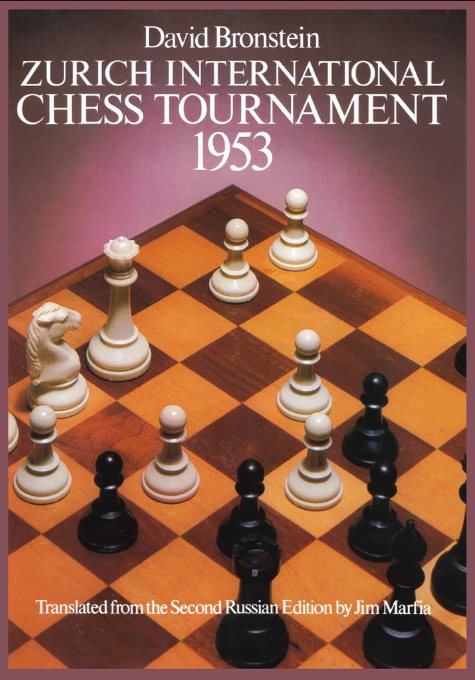
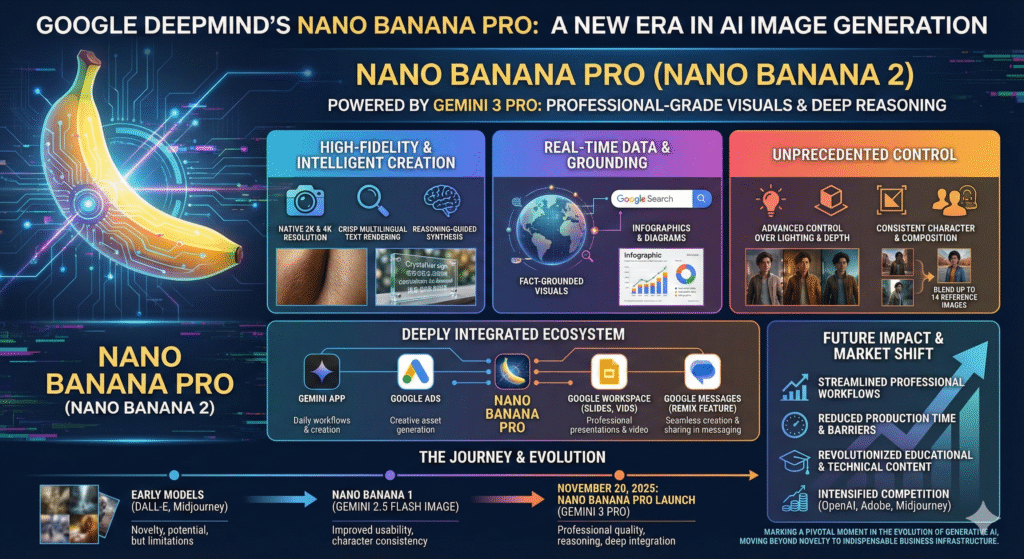



Thank you for your sharing. I am worried that I lack creative ideas. It is your article that makes me full of hope. Thank you. But, I have a question, can you help me?